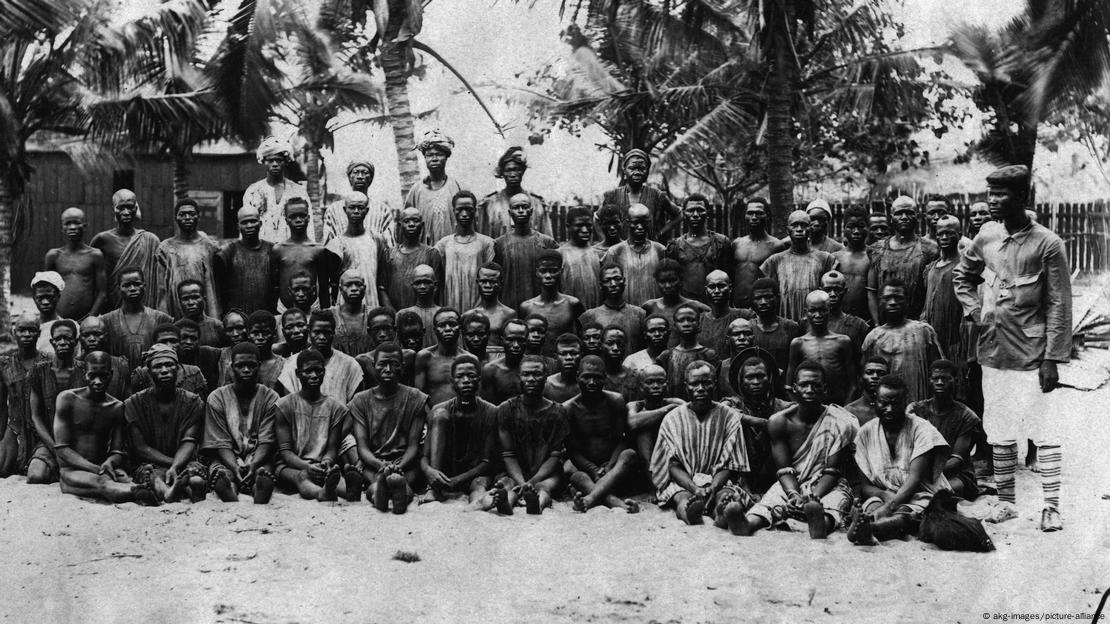preahvihearhotel.com – The German colonial era in Togo, which spanned from 1884 to 1914, was marked by significant developments in infrastructure and a heavy-handed approach to exploitation. This period was characterized by the construction of railways, the establishment of plantations, and the implementation of forced labor, which had lasting impacts on the country’s socio-economic landscape.
Infrastructure Development
One of the most notable aspects of German colonial rule in Togo was the extensive infrastructure development. The construction of three railways was a central feature of this period, aimed at opening up the interior of the country and facilitating the extraction of resources. Lomé, the colonial capital, was modernized, and a jetty was built to enhance maritime trade. These developments were part of a broader strategy to integrate Togo into the global market, particularly for the export of agricultural products such as palm products, rubber, cotton, and cocoa beans.
Exploitation and Forced Labor
Despite the advancements in infrastructure, the German colonial administration in Togo was marred by harsh treatment of the local population and the use of forced labor. The exploitation was primarily focused on the coastal and central areas, where plantations were established both by the government and private German corporations. The development of these plantations was largely left to the Togolese, who were assisted by agriculturists trained at a college in Nuatja (Notsé).
The cotton school experiment, initiated in 1900, exemplified the exploitative nature of German colonial policies. This program involved the exploitation of children and youth, juxtaposing child labor with education in a bid to enhance agricultural productivity. The use of forced labor in infrastructure projects, such as railroad construction, was another form of direct exploitation that characterized the German colonial era.
Impact and Legacy
The legacy of the German colonial era in Togo is complex, marked by both the tangible benefits of infrastructure development and the enduring scars of exploitation. The railways and modernized cities like Lomé laid the groundwork for future economic development, but the harsh treatment of the local population and the use of forced labor left a legacy of resentment and inequality.
After World War I, Togo was divided between British and French mandates, which continued to influence the country’s development trajectory. The infrastructure developed under German rule remained a crucial asset, but the socio-economic disparities and the memory of exploitation continued to shape Togo’s path towards independence and beyond.
In conclusion, the German colonial era in Togo was a period of significant infrastructure development and exploitation. While the railways and modern cities laid the groundwork for future economic growth, the use of forced labor and the harsh treatment of the local population left a lasting legacy that continues to influence Togo today.
